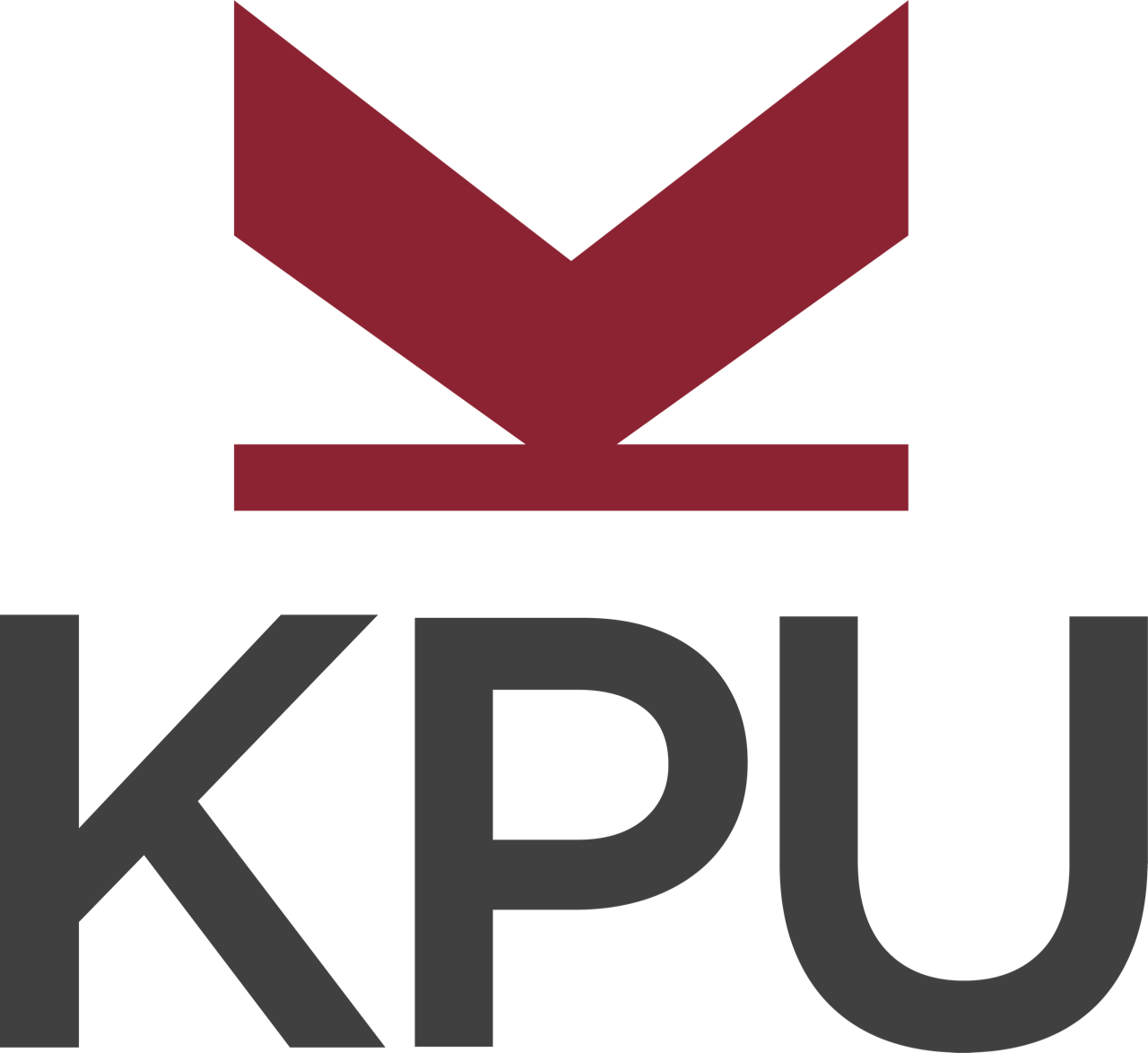1. Foster Belonging
Provide time and space to discuss race, ethnicity, gender, class, and citizenship status
Encourage students to practice cultural humility and to develop critical thinking skills, interrogating what they think they know, as they learn new information. Fostering cultural humility in the classroom.
Some international students may not be familiar with concepts such as racism and/or other forms of social exclusion as understood and defined in a Canadian context. In other instances, some international students may have not been exposed to alternative viewpoints. These students may voice arguments that could be perceived as problematic. In these situations, consider posing the following questions in class/ after/before class and/or during office hours:
- Would you be comfortable telling me more about your thoughts on that?
- It really sounds like you have strong views on this – have you had some personal experiences that might help us understand where you are coming from?
- Why don’t we unpack that statement a bit more
Instructors might find themselves in situations where they witness forms of racism in the classroom or in other academic spaces. The ‘calling out’ and ‘calling in’ frameworks are intended to mitigate such oppressive behaviors but they have an important difference.
When calling out a student’s oppressive behaviour, we might be responding from a place of anger or hurt. This can result in an equally angry and defensive reaction from the person who made the inappropriate comment. But we can also use our voices to ‘call in,’ which is a form of proactive allyship that involves conversation, compassion, and context.
A significant shift in KPU’s academic culture occurred in the Fall of 2022 with the publication of KPU’s Task Force on Anti-Racism Final Report and Recommendations. As the report states: “Inclusive Excellence views anti-racism, equity, diversity, and inclusion as essential to individual and institutional innovation and excellence. It is a transformational framework that not only acknowledges, upholds, and celebrates diverse ways of knowing, learning, and engaging, but also encourages and supports creation and dissemination of this knowledge” (p. 9). Instructors can use this statement, and indeed the entire report, as a jumping off point for discussing with students how KPU is trying to support greater inclusion not only inside the classroom but also at KPU as a whole.

